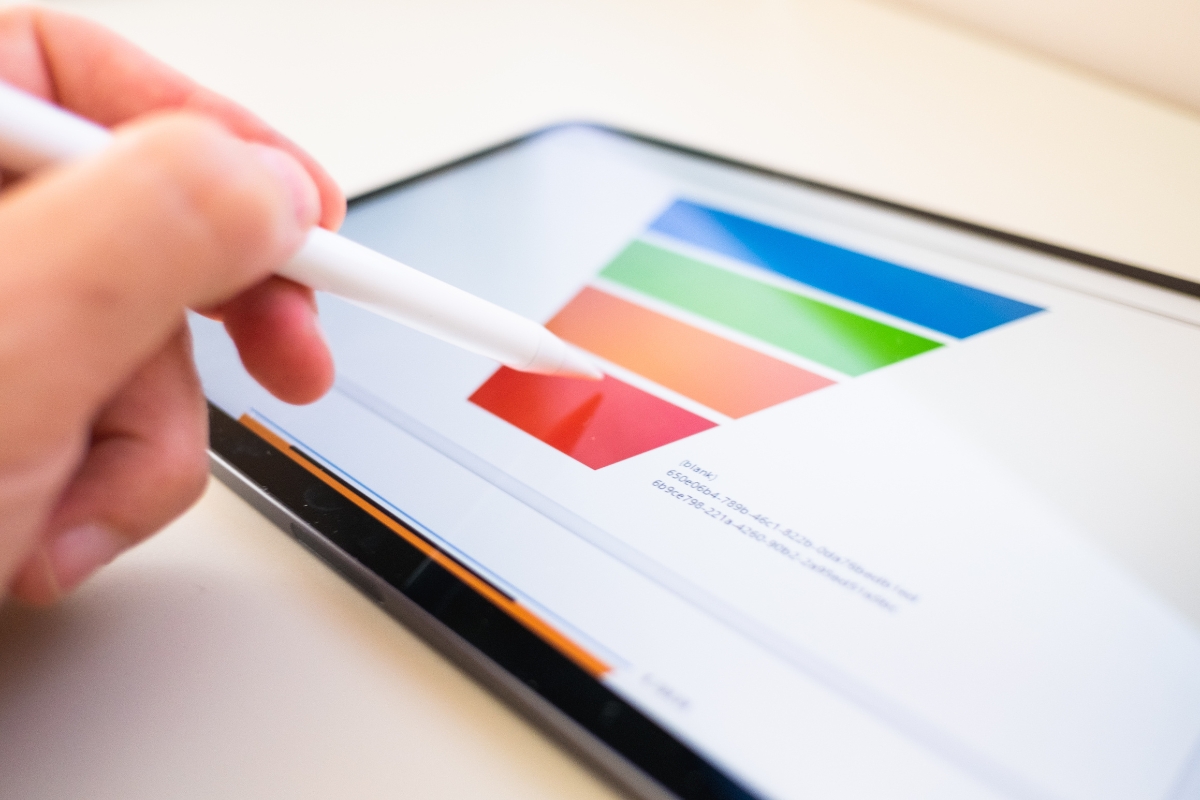In the dynamic world of marketing, understanding the intricacies of a sales funnel holds the pivotal key to unlocking unprecedented success in driving sales and maximizing conversions.
By grasping the essence of what a sales funnel truly embodies and harnessing its power to align your marketing efforts cohesively, you pave the way for enhanced engagement, increased conversions, and sustainable growth for your business.
Fasten your seatbelts and prepare for a transformative journey as we unravel the mysteries of sales funnels and market segmentation explained. Together, we’ll explore how these powerful tools can propel your business to unprecedented heights.
What is a Sales Funnel? Unlock the Path to Profitable Conversions!
Understanding the Sales Funnel: A Comprehensive Overview
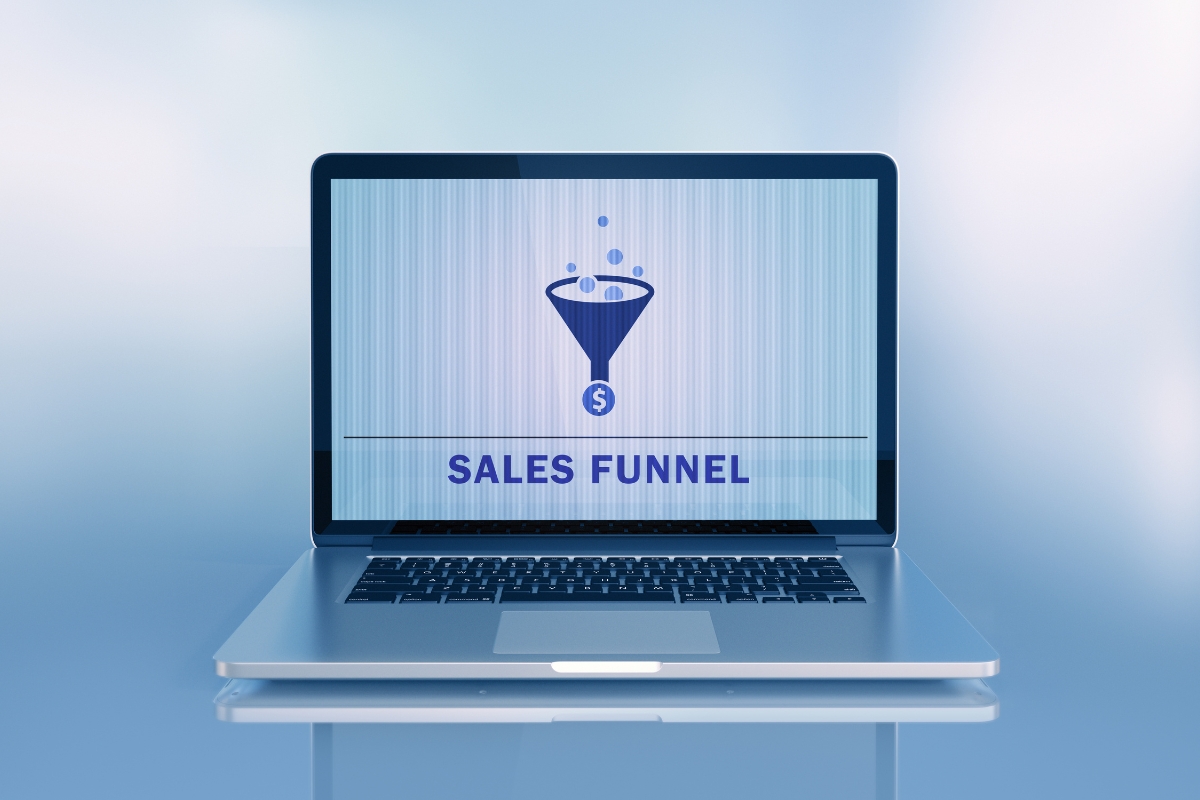
Picture a metaphorical journey where potential customers embark on a structured path, gradually moving through various marketing funnel stages until they emerge as satisfied buyers. But what exactly is a sales funnel, you ask?
Well, imagine it as a strategic roadmap meticulously designed to guide your prospects from initial awareness to making a purchase, all while nurturing relationships and cultivating trust along the way. This intricate process not only streamlines your sales pipeline management efforts but also empowers you to tailor your strategies effectively to cater to the specific needs and behaviors of your target audience.
At its core, a sales funnel is a strategic framework that outlines the journey your potential customers take from the moment they become aware of your brand to the point of making a purchase.
It is a visual representation of the various stages and touchpoints that guide prospects through their decision-making process. By understanding and optimizing each stage of the funnel, you can effectively nurture leads, build relationships, and drive conversions.
The sales funnel consists of three main sections: the top of the funnel (TOFU), the middle of the funnel (MOFU), and the bottom of the funnel (BOFU). Let’s explore each section in detail to gain a comprehensive understanding of how they work together to drive sales success.
The Top of the Funnel (TOFU): Capturing Audience Attention
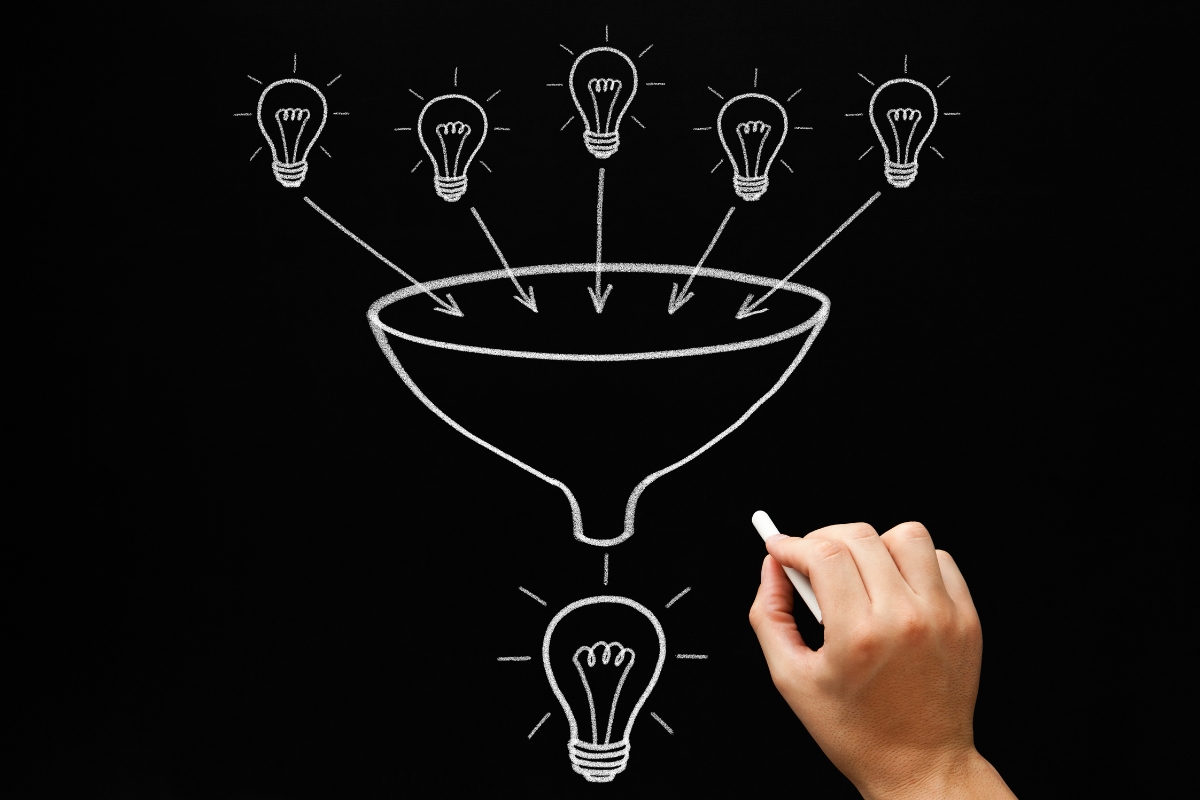
The top of the sales funnel is all about increasing brand awareness and capturing your target audience’s attention. At this stage, potential customers may not be actively looking for your product or service yet. Your goal is to generate interest and establish yourself as a trusted authority in your industry.
To attract prospects at this stage, you can leverage various marketing channels such as social media, content marketing, search engine optimization (SEO), and paid advertising. Engaging blog posts, informative videos, eye-catching social media campaigns, and valuable lead magnets are some effective strategies to pique curiosity and entice potential customers into entering your sales funnel.
Moving Down the Funnel: The Middle of the Funnel (MOFU)
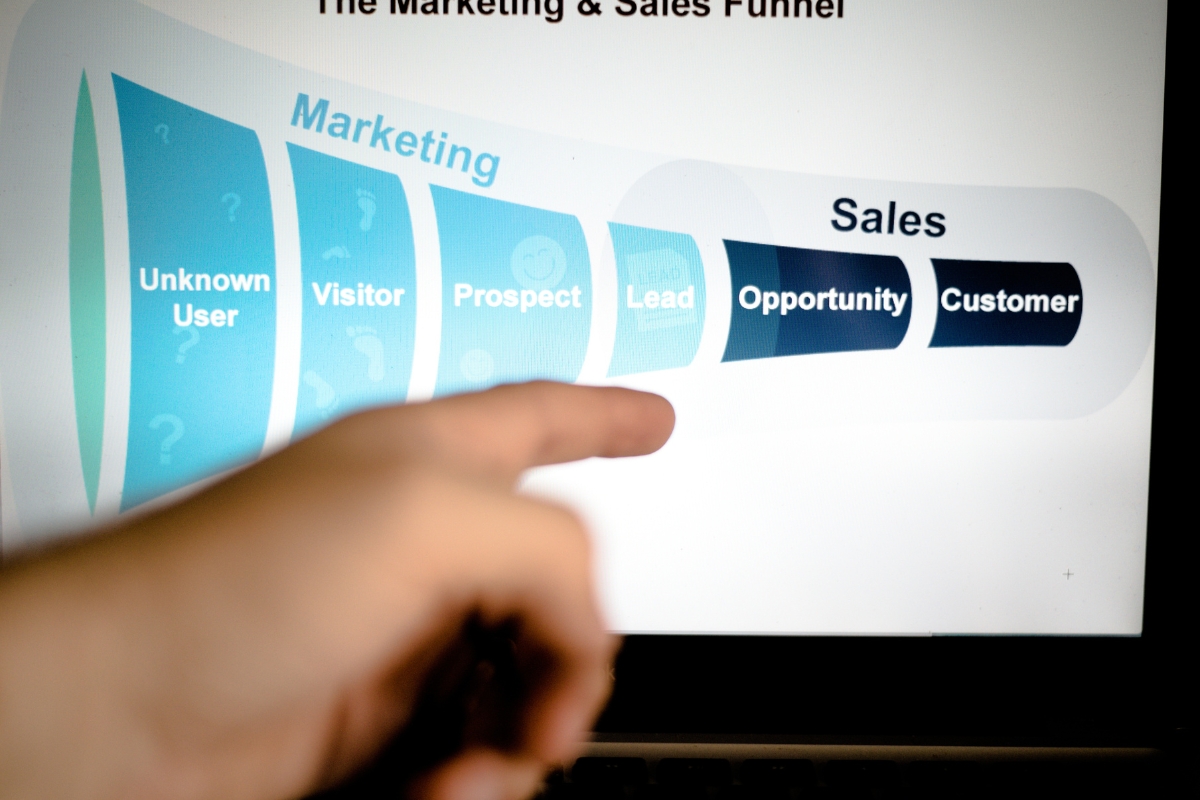
Once you have successfully captured your audience’s attention at TOFU, it’s time to guide them further down into the middle of the sales funnel. At this stage, prospects have shown interest in your brand but may not be ready to make a purchase just yet. Your focus here is to nurture leads and provide them with valuable information that helps them make an informed decision.
One effective strategy at the MOFU stage is lead nurturing through email marketing. By offering personalized content, exclusive offers, and addressing common pain points, you can build trust and establish a deeper connection with your leads.
Webinars, case studies, and product demos are also powerful tools to showcase the value of your offerings and address any concerns or objections prospects may have.
Converting Leads: The Bottom of the Funnel (BOFU)
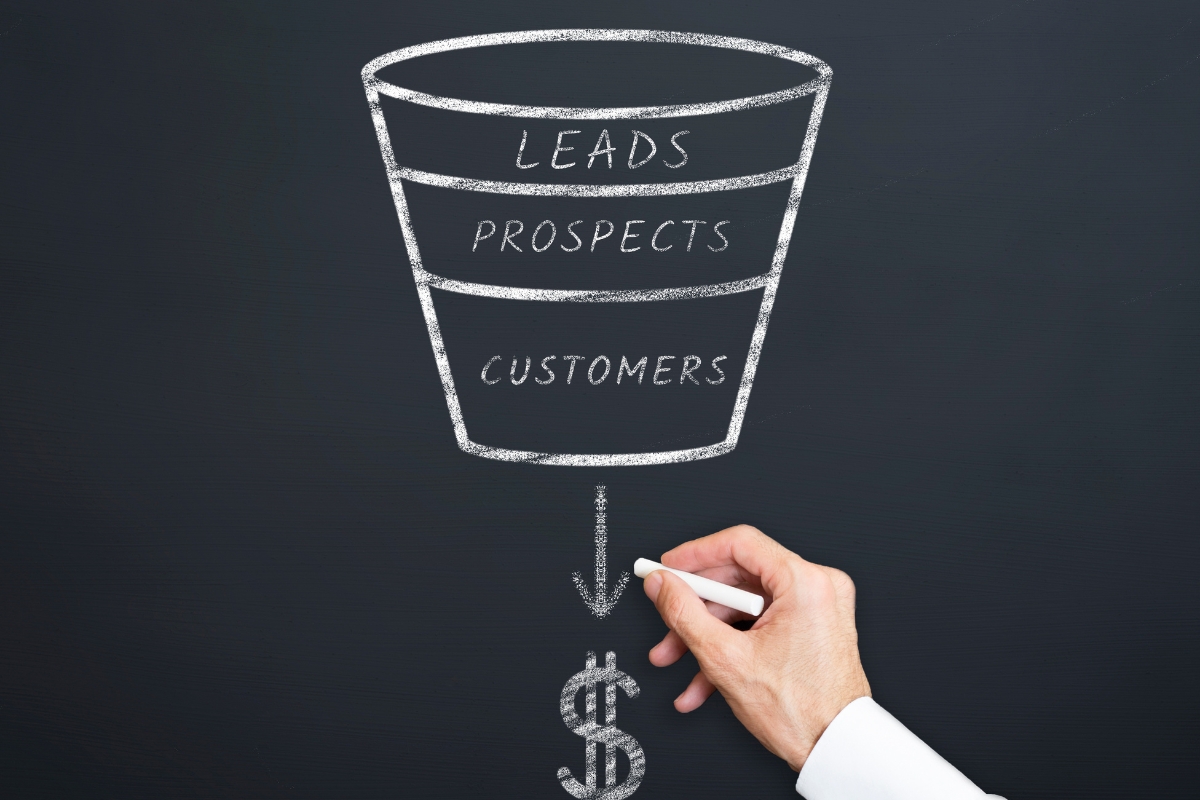
The bottom of the sales funnel is where leads transition into paying customers. At this stage, prospects have done their research, evaluated their options, and are ready to make a purchase decision. Your goal is to provide a seamless buying experience that eliminates any remaining barriers or doubts.
To convert leads at the BOFU stage, you need to optimize your sales process and ensure a frictionless customer journey. This includes creating persuasive landing pages that highlight the unique selling points of your product or service, offering limited-time promotions or discounts, providing social proof through testimonials or case studies, and implementing user-friendly checkout processes.
Crafting Irresistible Landing Pages to Drive Conversions
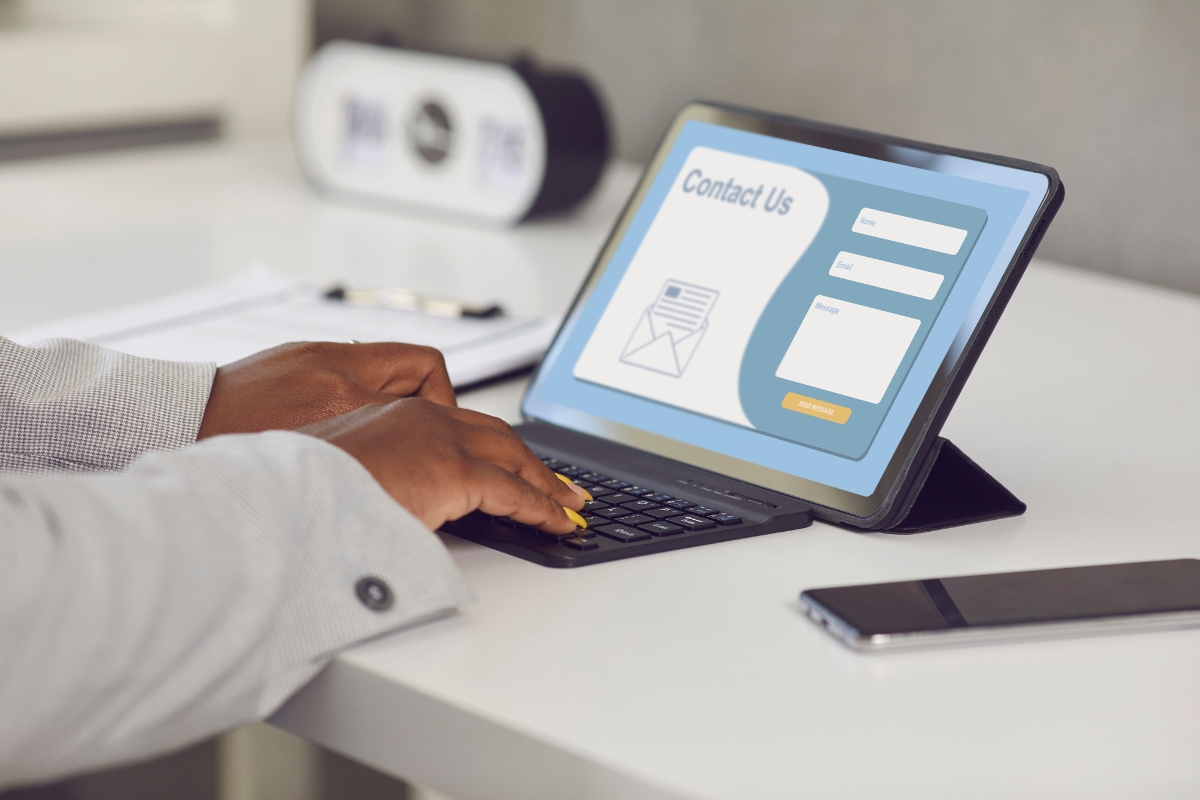
Landing pages play a crucial role in guiding prospects through the sales funnel. They are standalone web pages designed specifically for capturing leads or driving conversions.
A well-crafted landing page should have a clear call-to-action (CTA), compelling copy that highlights the benefits of your offering, visually appealing design elements, and forms for collecting visitor information.
When creating landing pages for each stage of the funnel, it’s important to align them with the specific needs and expectations of your target audience. Tailor your messaging based on their level of awareness and offer relevant content or incentives that entice them to take the desired action.
Implementing Lead Nurturing Strategies for Long-Term Success
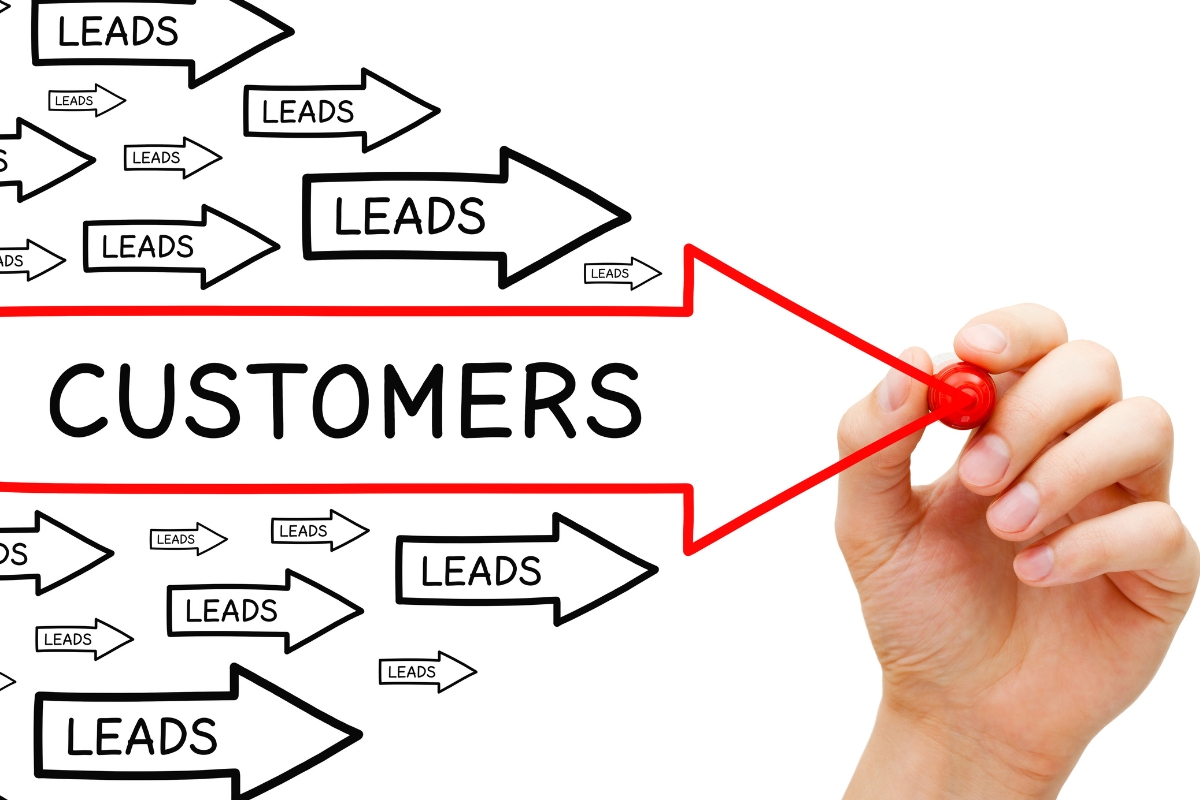
Lead nurturing is a critical component of sales funnel marketing that helps build relationships and keep your brand top-of-mind with potential customers. By providing valuable content, personalized recommendations, and ongoing support, you can nurture leads and guide them towards making a purchase decision.
One effective lead nurturing strategy is email marketing. Segment your leads based on their interests, behaviors, or demographics and send targeted emails that address their specific needs.
Automation tools can help streamline this process by sending personalized emails at the right time, ensuring consistent engagement and building trust over time.
Analyzing and Optimizing Your Sales Funnel for Maximum Efficiency
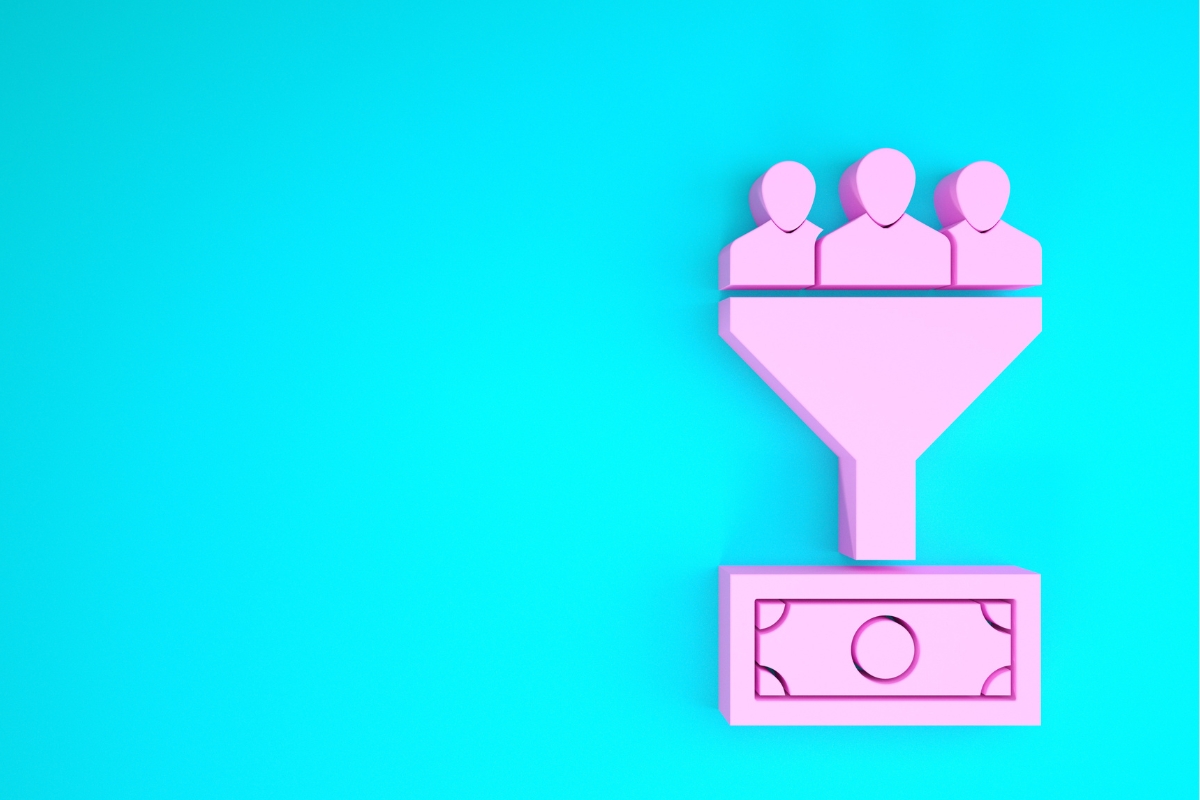
To maximize the effectiveness of your sales funnel, it’s crucial to continuously analyze and optimize each stage. By tracking key metrics such as conversion rates, bounce rates, and customer lifetime value, you can identify areas for improvement and make data-driven decisions.
Exploring the effectiveness of various funnel components like headlines, CTAs, landing page layouts, and email subject lines through A/B testing can offer invaluable information on what appeals most to your target audience.
Additionally, gathering feedback from customers through surveys or social media can help you understand their pain points and tailor your strategies accordingly.
Conclusion: Elevating Your Sales Success Through Strategic Funnel Optimization
A well-designed sales funnel is a powerful tool that empowers businesses to attract qualified leads, nurture relationships with prospects, and drive sales funnel conversions. By understanding the different stages of the funnel and implementing effective strategies at each stage, you can optimize your marketing efforts to achieve long-term success.
Don’t wait any longer to take your sales success to the next level – reach out to Newman Web Solutions and let us propel your business to success. Our team specializes in crafting tailored strategies to maximize your sales funnel and drive growth for your business. Contact us today at (404) 301-9189 or schedule an appointment on our website today for your free digital marketing strategy session!


